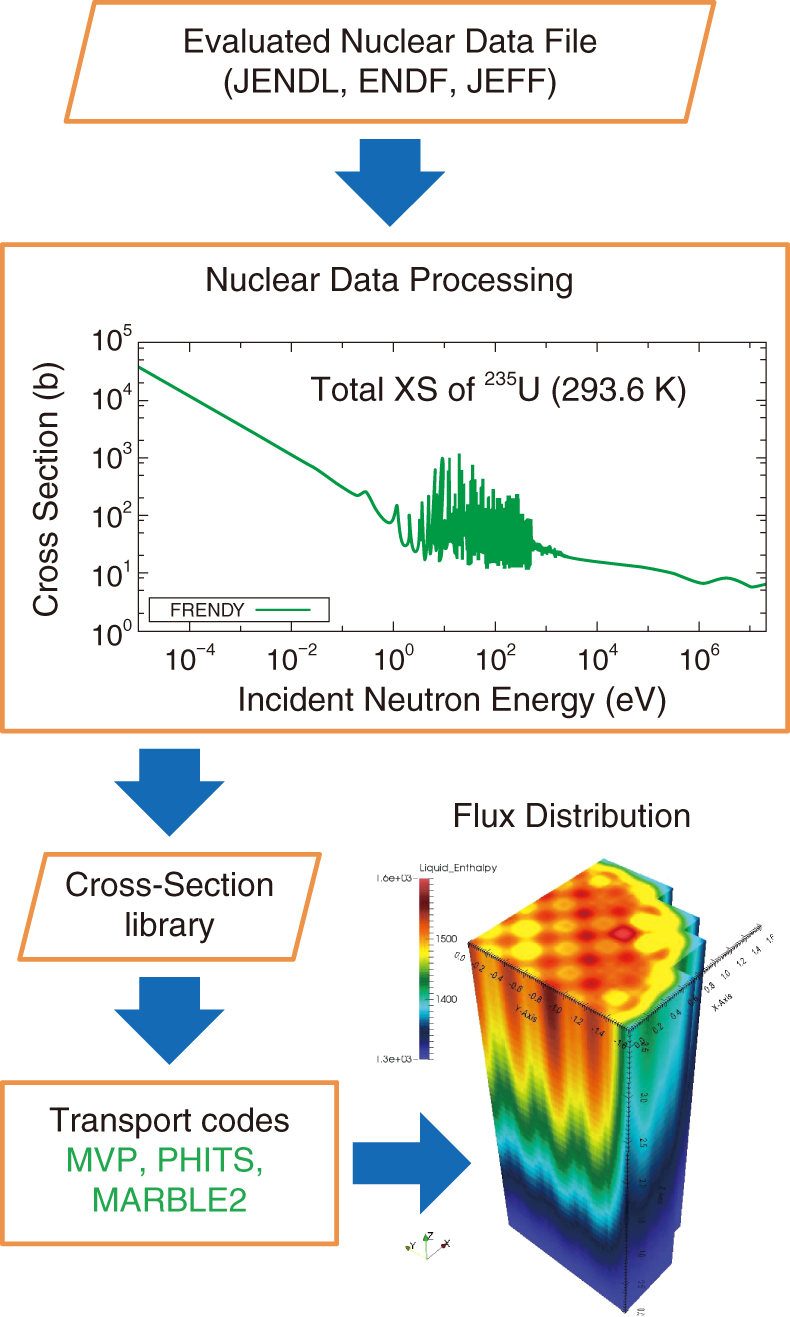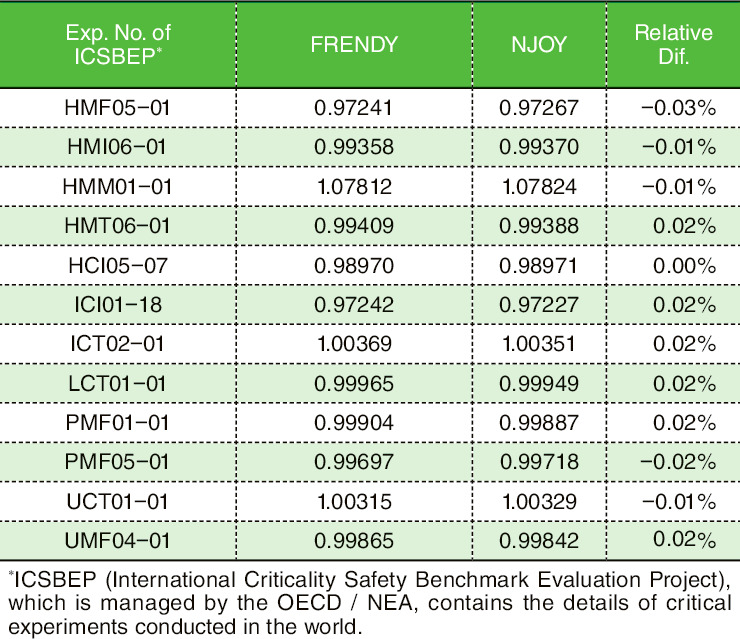
Fig.4-11 Overview of Nuclear Data Processing
Table 4-2 Comparison of k-effective results for benchmark experiments processed by FRENDY and NJOY

We provide an evaluated nuclear data file, JENDL, and many particle transport codes, e.g., MVP, PHITS, and MARBLE2. These codes cannot read the nuclear data file directly and a cross section data library, which is generated by the nuclear data processing system, is required, as shown in Fig.4-11. The nuclear data processing system is not just a converter. It performs many processes, e.g., reconstruction of the resonance region, linearization, Doppler broadening, and calculation of the probability table in the unresolved resonance region.
The NJOY code of LANL has been widely used throughout the world including Japan for several decades. However, it is sometimes unable to process the newly released JENDL correctly, and this problem cannot be resolved in a timely manner. Therefore, expertise on particle transport codes, as well as the nuclear data, has been desired in the domestic nuclear data processing system, since it serves as an indispensable interface between nuclear data files and particle transport codes.
We started developing the new nuclear data processing system FRENDY (FRom Evaluated Nuclear Data librarY to any application) to satisfy these expectations. Several foreign institutes have also implemented similar projects, but FRENDY is one of the most advanced systems in the world.
FRENDY uses the same processing method adopted in NJOY, because the implementation of the conventional method is an important step in the development of the new system. For verification, we compared the processing results of FRENDY with those of NJOY. Table 4-2 indicates that the processing results of FRENDY are in good agreement with those of NJOY.
To improve processing, we investigated all processing methods used in FRENDY and found several problems with the conventional technique. To overcome these problems, we introduced a new nuclear data processing method. Investigation of the impact upon the neutronics calculation is now in progress. Development of FRENDY and advancement of nuclear data processing will contribute to improving the prediction accuracy of particle transport codes.